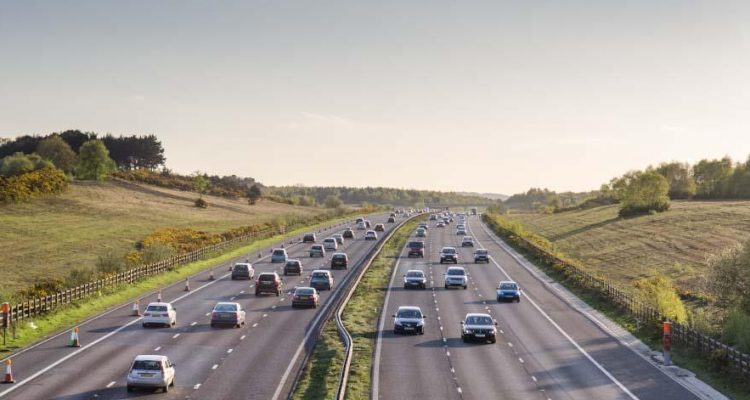The Office of Rail and Road (ORR), independent monitor of National Highways, has ensured steps have been taken by the government-owned company to increase the transparency of its performance at a regional level.
As a result of ORR driving the need for greater transparency and data to be published, National Highways has increased the number of performance indicators the company makes public at a regional level from just five in 2019-20 to 22 in 2020-21.
 ORR has today published this new data in its latest Benchmarking National Highways report, which outlines the regional differences in performance across National Highways’ motorways and major A roads in England.
ORR has today published this new data in its latest Benchmarking National Highways report, which outlines the regional differences in performance across National Highways’ motorways and major A roads in England.
In one of the indicators reported for the first time, ORR saw significant differences across England in the accuracy and timeliness in the notification of overnight road closures.
National Highways is tasked with ensuring that, nationally, 90% of overnight road closures are published accurately, seven days in advance, by 2024-25. As reported in ORR’s Annual Assessment of National Highways, the company achieved 55% of all closures notified correctly in 2020-21.
ORR reports that despite the company improving how it informs road users about closures, National Highways will still need to make substantial progress on road closure notification during Road Period 2 (2020-2025) to meet its 90% target.
All regions currently perform well below that level.
The South East had the lowest percentage of accurately notifying road closures at 42%, while the best performing regions were the Midlands and South West at 66% and 64% respectively.
Sneha Patel, Deputy Director of Highways at ORR said: “Our annual benchmarking report this year has led to greater transparency around National Highways’ performance and will incentivise its regions to improve further.
“We’ve now got a four-fold increase in the number of performance indicators that National Highways must report on: that’s a considerable step forward.
“However, there continue to be significant regional differences and we expect National Highways to apply the lessons it has learned about what works well in one region to other parts of the country as part of the steps it will take to meet all national-level targets by 2024‑25.”
In other areas, ORR saw most of the regions performing close to or beyond the national-level target of ensuring that 95% of the network does not require further investigation for road surface maintenance.
An exception to this is in the East of England which sits at 92% – two percentage points lower than 2019-20 and three percentage points below the national average.
And the South East continues to suffer the highest levels of delays, with an average delay of 7.9 seconds per vehicle per mile compared to the East of England and North West which had delays of only 6 seconds per vehicle per mile.
Road users in the South East already suffer the least reliable journeys and spend more time in delays due to roadworks.
But overall, delays were reduced across all regions on the strategic road network because of the fall in traffic in 2020-21, through the pandemic.
ORR also benchmarks progress in each National Highways region against environmental targets relating to noise, air quality and water quality.
ORR saw National Highways reduce noise on the network to 2,111 households. A large amount of this was from resurfacing the M602 in the North West which reduced noise for 1,528 households.
ORR reports 31 sections of the strategic road network were above the legal air quality levels across the country in 2020-21, varying significantly by region. There were 11 in the Midlands and none in the East of England.
ORR expects National Highways to make progress across England in reducing the impact of the strategic road network on the environment and ORR will continue to monitor progress against these indicators during the remainder of Road Period 2 (2020-2025).


















